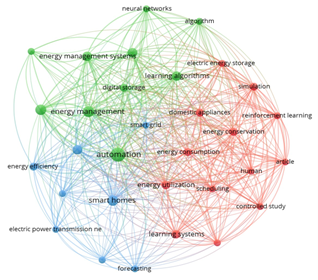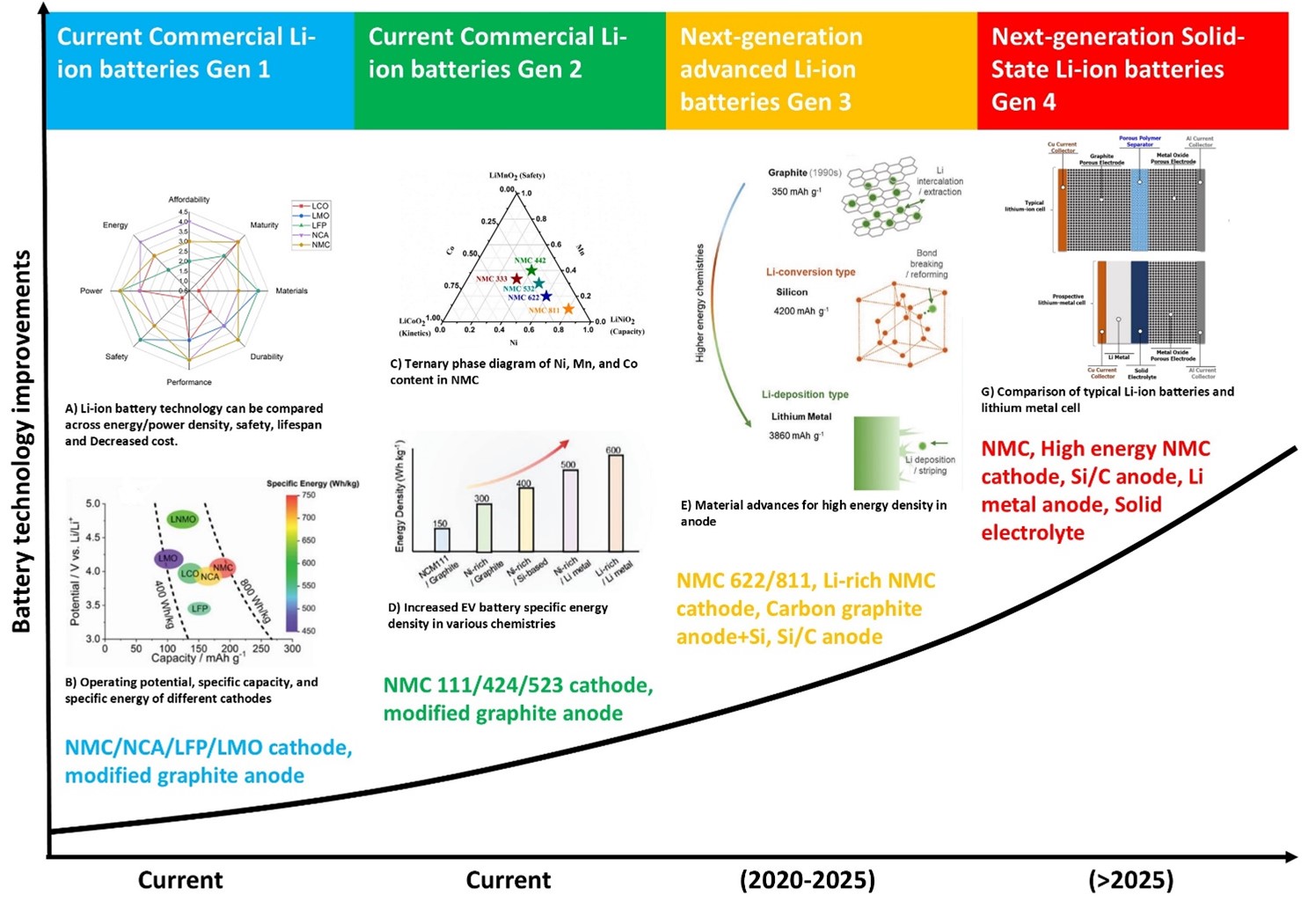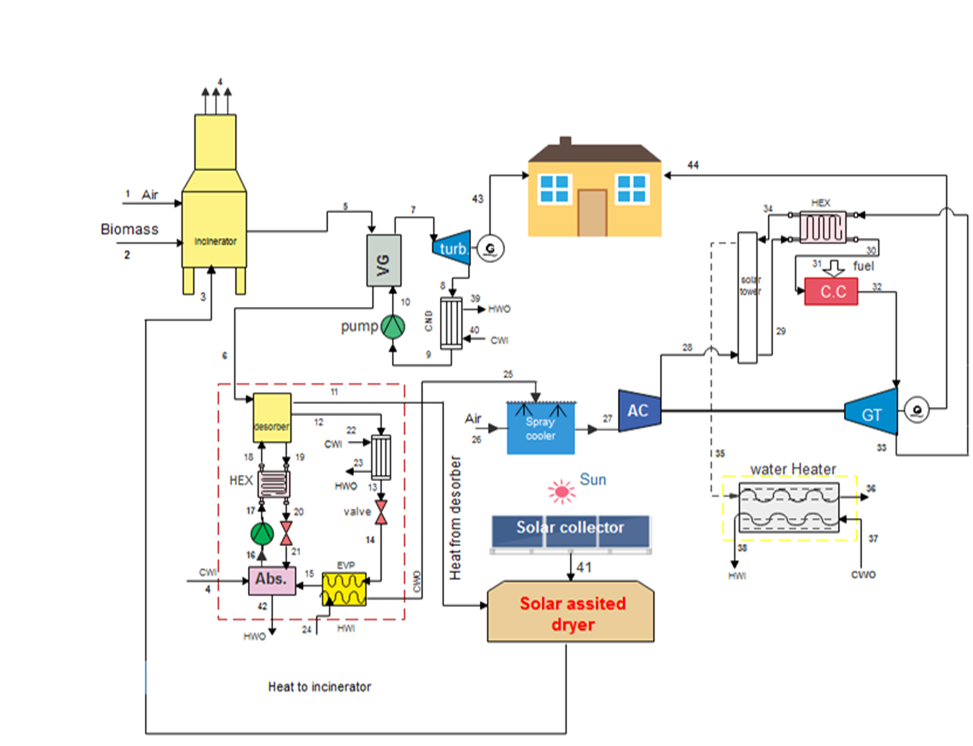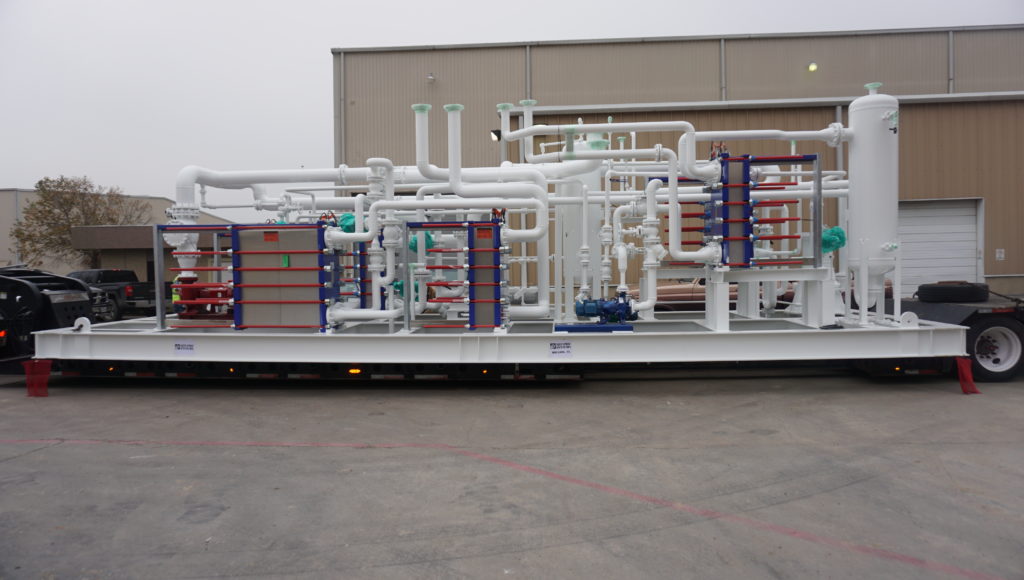The role of infrastructure in enhancing urban resilience to natural hazards: a case study of Tehran

Downloads
Urban resilience is paramount in mitigating the vulnerability of worn urban fabrics to natural hazards and safeguarding cities against irreparable damage. This study focuses on worn-out areas of Tehran city, analyzing their social and physical resilience dimensions. Adopting a descriptive-analytical approach, the research employs statistical methods such as one-sample t-tests, Pearson correlation, and regression coefficient analysis using SPSS and GIS. The statistical population comprises 230 randomly selected citizens residing in the study districts. The findings show that the physical dimension, with a score of 3.31, is more important than the social dimension, with a score of 2.81, which emphasizes the need to strengthen urban resilience. According to the results of this study, the studied areas do not have sufficient stability and resilience against natural disasters. Prospective analyses conducted using Geographic Information System (GIS) and the Mic Mac strategic studies model indicate the complexity of factors affecting urban resilience. These analyses reveal the high impact of variables and the interrelationships between them. In particular, it has been found that indicators related to infrastructure and management have a more significant impact in Region 7 compared to Region 15, which emphasizes the need to develop targeted intervention strategies. This comprehensive study provides a better understanding of urban resilience mechanisms and emphasizes the importance of coordinated planning and preventive measures to strengthen vulnerable urban areas. Ultimately, the results of this study show that adopting appropriate and coordinated measures is essential to ensure the safety and sustainability of cities.
V. Mega, "A planet of cities at a time unlike any other: Towards the 2030 sustainable development agenda," in Human Sustainable Cities: Towards the SDGs and Green, Just, Smart and Inclusive Transitions: Springer, 2022, pp. 1-40.
C. J. Preston, The synthetic age: Outdesigning evolution, resurrecting species, and reengineering our world. MIT Press, 2019.
Y. Wei, H. Yuan, and H. Li, "Exploring the Contribution of Advanced Systems in Smart City Development for the Regeneration of Urban Industrial Heritage," Buildings, vol. 14, no. 3, p. 583, 2024.
B. Ghasemzadeh, Z. S. S. Zarabadi, H. Majedi, M. Behzadfar, and A. Sharifi, "A framework for urban flood resilience assessment with emphasis on social, economic and institutional dimensions: A qualitative study," Sustainability, vol. 13, no. 14, p. 7852, 2021.
Li, T., Dong, Y., & Liu, Z. (2020). A review of social-ecological system resilience: Mechanism, assessment and management. Science of the Total Environment, 723, 138113.
K. Grove, Resilience. Routledge, 2018. eBook ISBN9781315661407, https://doi.org/10.4324/9781315661407
Davoudi, S., Shaw, K., Haider, L. J., Quinlan, A. E., Peterson, G. D., Wilkinson, C., ... & Davoudi, S. (2012). Resilience: a bridging concept or a dead end?“Reframing” resilience: challenges for planning theory and practice interacting traps: resilience assessment of a pasture management system in Northern Afghanistan urban resilience: what does it mean in planning practice? Resilience as a useful concept for climate change adaptation? The politics of resilience for planning: a cautionary note: edited by Simin Davoudi and Libby Porter. Planning theory & practice, 13(2), 299-333.
J. M. Anderies, "Embedding built environments in social–ecological systems: resilience-based design principles," Building Research & Information, vol. 42, no. 2, pp. 130-142, 2014.
A. Sharifi and Y. Yamagata, "Resilience-oriented urban planning," in Resilience-oriented urban planning: Springer, 2018, pp. 3-27.
Pelling, M., Patwardhan, A., Hallegatte, S., Maskrey, A., Oki, T., Oswald Spring, U., ... & Viguie, V. (2012). Toward a sustainable and resilient future. In Managing the risks of extreme events and disasters to advance climate change adaptation: Special report of the intergovernmental panel on climate change (pp. 437-486). IPCC.
E. R. Till, S. S. Serger, T. Axelsson, and M. Andersson, "Transformation and resilience in times of change: A historical perspective," Technological Forecasting and Social Change, vol. 206, p. 123558, 2024.
Martin-Breen, P., & Anderies, J. M. (2011). Resilience: A literature review.
V. Roblek and V. Dimovski, "Essentials of ‘the Great Reset’through Complexity Matching," Systems, vol. 12, no. 6, p. 182, 2024.
H. Bahrami and S. Evans, Super-flexibility for knowledge enterprises: a toolkit for dynamic adaptation. Springer, 2014.
J. Jutidharabongse, N. Imjai, S. Pantaruk, L. P. Surbakti, and S. Aujirapongpan, "Exploring the effect of management control systems on dynamic capabilities and sustainability performance: The role of open innovation strategy amidst COVID-19," Journal of Open Innovation: Technology, Market, and Complexity, vol. 10, no. 1, p. 100224, 2024.
C. A. Lengnick-Hall, T. E. Beck, and M. L. Lengnick-Hall, "Developing a capacity for organizational resilience through strategic human resource management," Human resource management review, vol. 21, no. 3, pp. 243-255, 2011.
B. J. Palik, R. J. Mitchell, and J. K. Hiers, "Modeling silviculture after natural disturbance to sustain biodiversity in the longleaf pine (Pinus palustris) ecosystem: balancing complexity and implementation," Forest Ecology and Management, vol. 155, no. 1-3, pp. 347-356, 2002.
H. Rodríguez, E. L. Quarantelli, R. R. Dynes, and K. J. Tierney, "Businesses and disasters: Vulnerability, impacts, and recovery," Handbook of disaster research, pp. 275-296, 2007.
A. M. Madni and S. Jackson, "Towards a conceptual framework for resilience engineering," IEEE Systems Journal, vol. 3, no. 2, pp. 181-191, 2009.
R. Leichenko, "Climate change and urban resilience," Current opinion in environmental sustainability, vol. 3, no. 3, pp. 164-168, 2011.
K. C. Desouza and T. H. Flanery, "Designing, planning, and managing resilient cities: A conceptual framework," Cities, vol. 35, pp. 89-99, 2013.
C. Folke, "Resilience: The emergence of a perspective for social–ecological systems analyses," Global environmental change, vol. 16, no. 3, pp. 253-267, 2006.
Martin-Breen, P., & Anderies, J. M. (2011). Resilience: A literature review.
Y. Shi et al., "Assessment methods of urban system resilience: From the perspective of complex adaptive system theory," Cities, vol. 112, p. 103141, 2021.
F. Estelaji et al., "Integrating HEC-RAS, GIS, and LISREL for Assessing and Enhancing Urban Building Resilience against Flood Threats: Comprehensive Model and Analysis," Heliyon, 2024.
Kaufman, S. (2012). Complex systems, anticipation, and collaborative planning for resilience. Collaborative resilience: moving through crisis to opportunity. The MIT Press: Cambridge, Massachusetts, 61-98.
E. Flaherty, E. Flaherty, and Ballard, Complexity and resilience in the social and ecological sciences. Springer, 2019.
A. Rose, Defining and measuring economic resilience from a societal, environmental and security perspective. Springer, 2017.
N. Hariram, K. Mekha, V. Suganthan, and K. Sudhakar, "Sustainalism: An integrated socio-economic-environmental model to address sustainable development and sustainability," Sustainability, vol. 15, no. 13, p. 10682, 2023.
M. DesJardine, P. Bansal, and Y. Yang, "Bouncing back: Building resilience through social and environmental practices in the context of the 2008 global financial crisis," Journal of Management, vol. 45, no. 4, pp. 1434-1460, 2019.
T. M. Mayes, Why old places matter: how historic places affect our identity and well-being. Rowman & Littlefield, 2018.
A. Mallach, The divided city: Poverty and prosperity in urban America. Island Press, 2018. ISBN:9781610917810, 1610917812
Duit, A., Galaz, V., Eckerberg, K., & Ebbesson, J. (2010). Governance, complexity, and resilience. Global environmental change, 20(3), 363-368.
R. Weber, On the aesthetics of architecture: a psychological approach to the structure and the order of perceived architectural space. Taylor & Francis, 2024. ISBN:9781040150016, 1040150012
Keck, M., & Sakdapolrak, P. (2013). What is social resilience? Lessons learned and ways forward. Erdkunde, 5-19.
Chandler, D. (2014). Resilience: The governance of complexity. Routledge. eBook ISBN9781315773810
https://doi.org/10.4324/9781315773810
Folke, C. (2006). Resilience: The emergence of a perspective for social–ecological systems analyses. Global environmental change, 16(3), 253-267.















